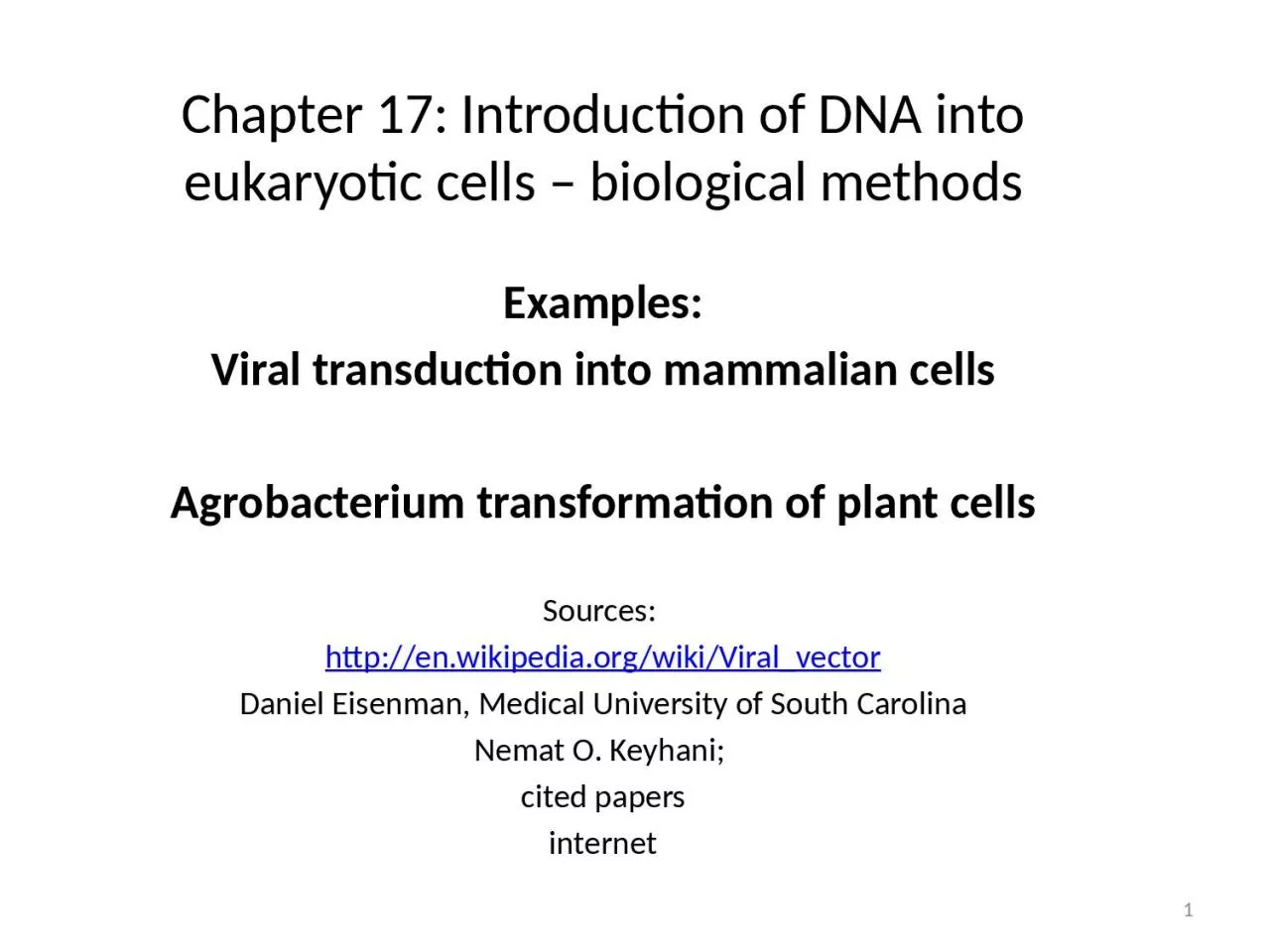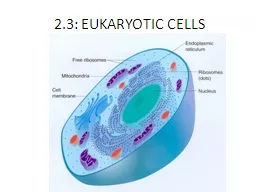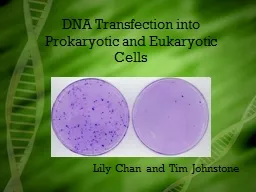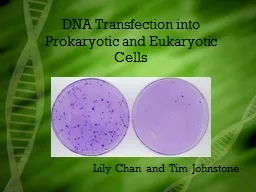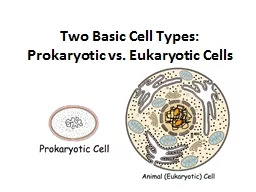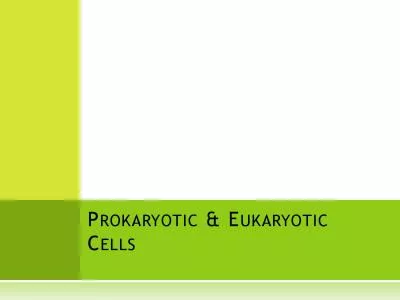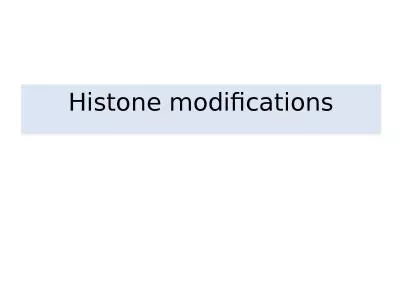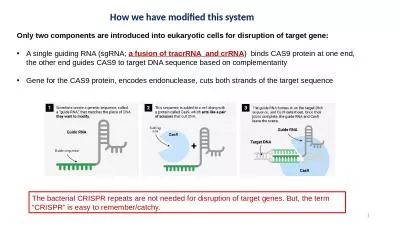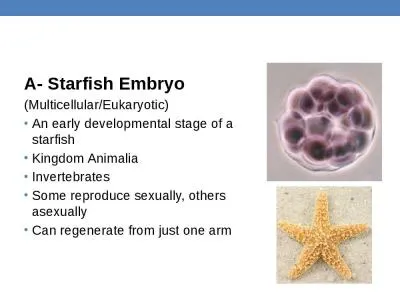PPT-Chapter 17: Introduction of DNA into eukaryotic cells – biological methods
Author : teresa | Published Date : 2024-02-09
Examples Viral transduction into mammalian cells Agrobacterium transformation of plant cells Sources httpenwikipediaorgwikiViralvector Daniel Eisenman Medical
Presentation Embed Code
Download Presentation
Download Presentation The PPT/PDF document "Chapter 17: Introduction of DNA into euk..." is the property of its rightful owner. Permission is granted to download and print the materials on this website for personal, non-commercial use only, and to display it on your personal computer provided you do not modify the materials and that you retain all copyright notices contained in the materials. By downloading content from our website, you accept the terms of this agreement.
Chapter 17: Introduction of DNA into eukaryotic cells – biological methods: Transcript
Download Rules Of Document
"Chapter 17: Introduction of DNA into eukaryotic cells – biological methods"The content belongs to its owner. You may download and print it for personal use, without modification, and keep all copyright notices. By downloading, you agree to these terms.
Related Documents

